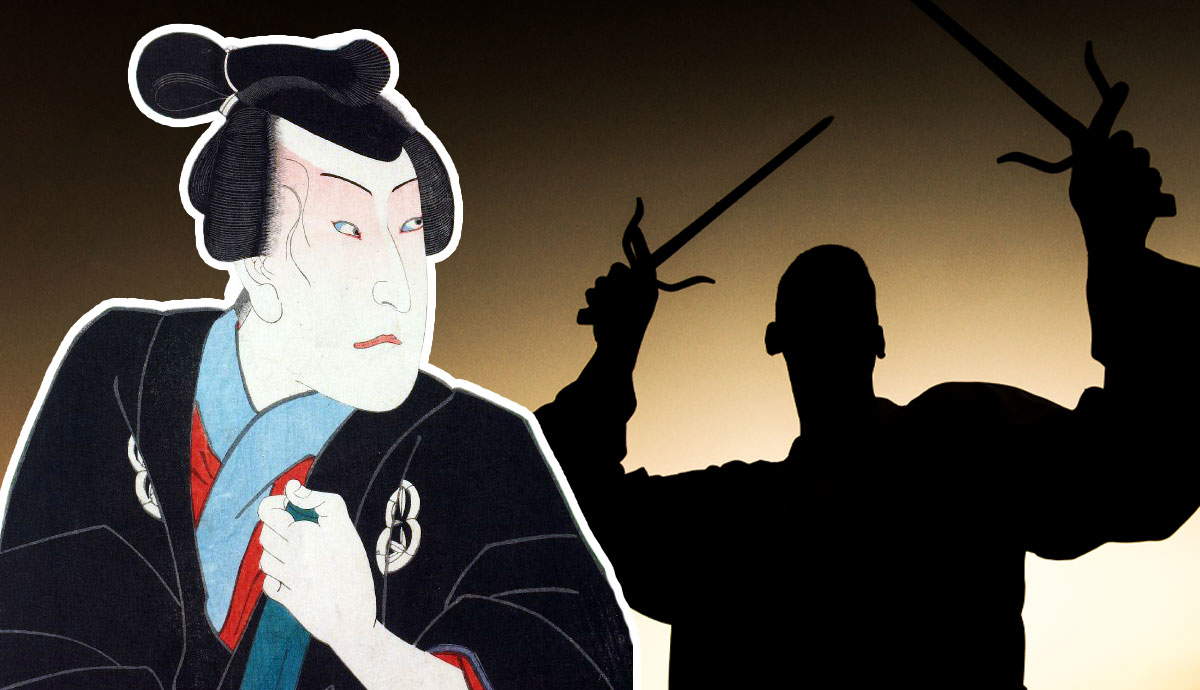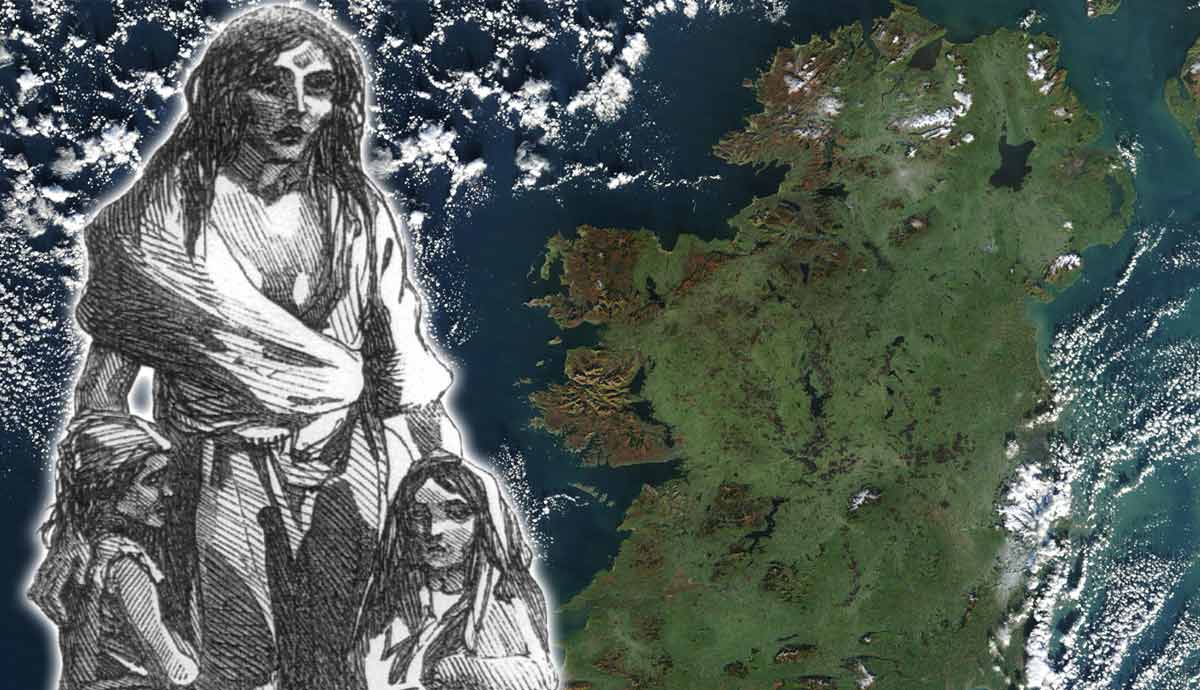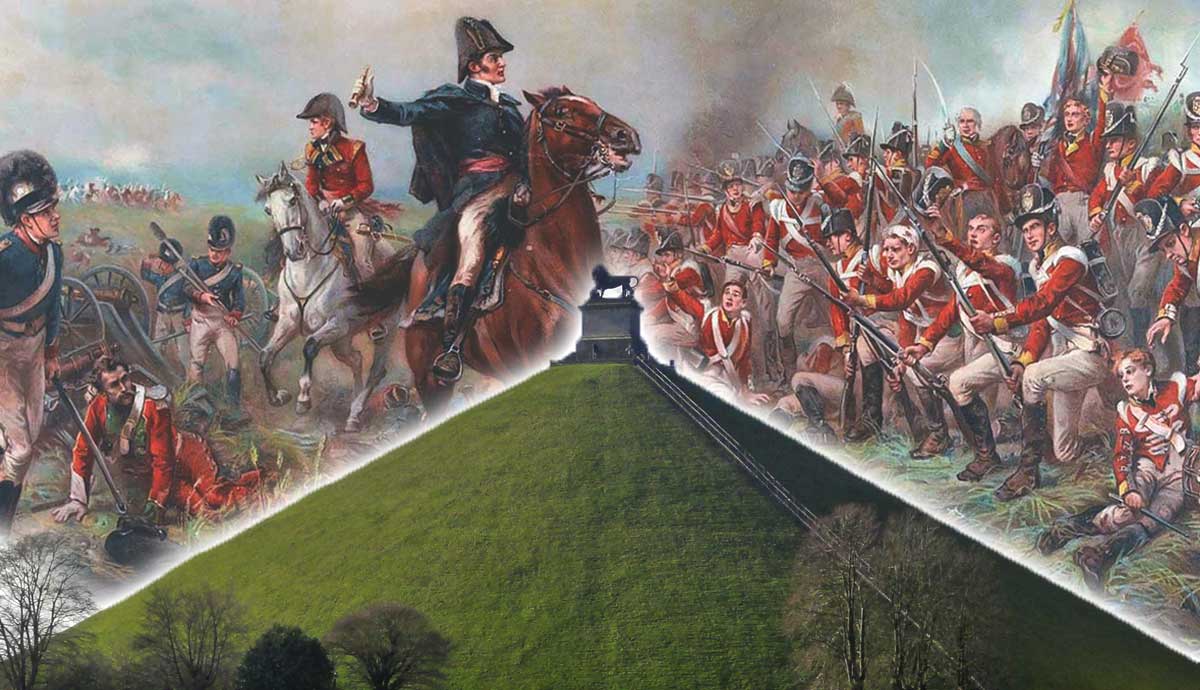
One of the most enduring images of a feudal society is that of a wealthy warrior in elaborate armor, devoting his time to scholarly pursuits and martial arts, doing the bidding of a higher-ranking noble, and fighting battles to protect the interests of his sovereign. This description applies equally to knights and to samurai. Both archetypal figures have been romanticized in their own way throughout the centuries, and while there is some basis in truth, the reality is far more complex. We’re here to look at the evolution, history, and societal role of knights and samurai from a broader perspective than their martial prowess.
Broad Definitions

European knights were a class of warriors who acted as elite soldiers, heavily armored and usually mounted. They were considered to be the highest rank of infantry in feudal Europe. In addition to fighting in battle, they could also act as bodyguards for lords. Knights were known for following the code of chivalry, which we will elaborate on later. Knights existed as a social class from the 9th to roughly the 16th centuries, with their height of influence on culture being in what we call the High Middle Ages—roughly the 10th through the 13th centuries. The first knights were part of the court of Charlemagne, the founder of what became the Holy Roman Empire. They came from a combination of Germanic warrior traditions and legionnaires of the Roman Empire: citizen-soldiers who, through might of arms and valor, established themselves as worthy of wealth and titles.
Samurai were themselves considered to be of noble birth—after all, many of the most prestigious samurai families (e.g., the Seiwa Genji/Minamoto) were cadet branches of the Imperial line. As such, they were expected not only to train in warfare and the martial arts but also in matters of culture. The saying most commonly associated with the samurai class is “bunbu ichi” or “pen and sword, as one.” They would be devoted to the service of a particular lord. Samurai existed from the 9th through the 19th centuries, coming into power during the 12th century.
Chivalry and Bushido

The word “chivalry” ultimately derives from caballarius, Latin for “one who owns a horse.” It was devised in the High Middle Ages, ostensibly to elevate the image of the knight in the public consciousness and give them an ideal toward which to strive. One of the most influential texts on how chivalry was defined at the time was 14th-century knight Geoffroi de Charny’s Book of Chivalry. He focused on the ideas of hardiness and readiness for war-making more than courtly love, though he did mention that courtly love could at times inspire knights to feats of greatness in battle. When the code of chivalry was practiced, it had much less to do with the treatment of commoners and women than is portrayed. These ideas came from the Victorian era’s revival of interest in the Medieval Period.
Bushido means “warrior’s way,” and although it forms a cornerstone of what we understand about samurai, the word itself did not come into widespread use in Japan until the Edo Period, with the first use of the word being written in the Koyo Gunkan, the war chronicles of the Takeda clan compiled during the 16th and 17th centuries. Here, it focuses on strictly military exploits.
At first, bushido was about skill at arms and valor in battle, where samurai were rewarded for the number of men they killed in battle, demonstrated as heads taken from felled enemies. Later, particularly during the Edo Period, bushido drew from Confucian moral principles like filial piety. A samurai was expected to be subservient to their family’s, and later their daimyo’s interests.

Valor in battle and the subsequent willingness to face death on the field was a defining quality of earlier bushido, but the idea that a samurai should be willing to unflinchingly die at his lord’s whim, or in any way actively seek death, likely stems from the Hagakure. This is a book written by Yamamoto Tsunetomo, a samurai born a century into the Edo Period who had never faced any battle or duel in his life, yet was writing down nostalgic musings on how the samurai had lost their warrior spirit.
Rise of the Knights and Samurai

As mentioned, the earliest versions of the knight came from Charlemagne. He would take note of his soldiers’ performance in battle. They would be rewarded with land and noble titles in exchange for their military service and oaths of fealty. One of the most storied examples of this from Charlemagne himself is the Twelve Peers, analogous to the Knights of the Round Table in Arthurian canon. As the Carolingian Empire spread, so did the custom of knighthood throughout the entirety of Europe. Eventually, they became the so-called protectors of Christendom through orders like the Knights Templar or the Knights Hospitaller.
Samurai, meanwhile, started out as a caste of warriors. Crime and lawlessness had increased in the provinces of Japan as well as the capital during the twilight of the Heian Period, and although the Imperial court would call up levies of conscripts to fight, they were not always enough to keep the peace. In exchange for service, samurai lords were given positions in the Imperial court, and some clans—such as the Fujiwara—were able to marry into the Imperial family, further solidifying their influence as their children inherited titles and prestige.
The Genpei War between the Minamoto and Taira clans, stemming from a rebellion of the Minamoto branch, marked the beginning of samurai rule over Japan. The victory of the Minamoto led to the establishment of the Kamakura shogunate, a military government that held the real power while the vestigial Imperial court maintained the Emperor as a religious figurehead.
How Their Roles Evolved

Originally, knights were simply better-armed and better-equipped soldiers, with no further prestige attached to the title. They could use their wealth to buy armor and weapons that lower-ranking soldiers could not afford. However, in many cases, this led to knights seeing themselves as inherently above others and committing whatever acts they wanted with impunity. Such a state of affairs had the potential to erode the existing social order, so over time, the code of chivalry developed. Knights became more associated with nobility and, if granted lordship, could pass down their title hereditarily. However, they were ultimately a warrior class, considered the lowest rank of the nobility.
Samurai were also warriors, of course, but they were considered to be at the top of the Japanese social hierarchy by virtue of being samurai. Although most of the time this came about from being born into a samurai family, the status could be bestowed or stripped at the daimyo’s discretion. As daimyo became more powerful and needed more government, samurai would be assigned governmental duties. After the rise of the Tokugawa shogunate, there were no large-scale wars to be fought, leaving samurai with nothing else to do but be government officials.
Feudal Obligations

We’ve mentioned how the European knight was considered a high-ranking soldier who could be called upon to fight a lord’s battles, but their duties went beyond this. They were also expected to be land administrators and collect taxes that would be passed on to the lord.
As time went on, a knight’s other duties could include acting as an advisor in courtly matters or military counsel. Knights had no responsibilities toward peasants or other social classes.
Samurai had many of the same responsibilities—after all, the word samurai comes from saburau, which means “to serve.” The word bushi means “warrior.” By default, the descendants of a samurai would carry on with their feudal obligations unless dismissed by the daimyo.
How Were They Supported?

In exchange for 40 days of military service per year, a lord would grant what is called a knight’s fee, or enough land to generate revenue sufficient to support the knight and his retinue. There was no fixed amount of land; it depended on the arability of the soil, the presence of other resources (rivers, quarries, and the like), and location. If a knight wanted extra payment, he could opt to serve more time. Other sources of income included ransom. Capturing another knight in battle meant that he could be released for an agreed-upon sum of money. Mercenary work and collecting taxes from peasants also formed significant portions of a knight’s income.
Samurai themselves did not own land in the sense that we think of the term. Their income was a direct stipend paid to them by their daimyo based on the tax revenue of the land they held. The standard unit of measurement was the koku, or about 330 pounds of rice, the amount necessary to feed one man for a year. Samurai who proved themselves loyal and valuable would be assigned to provinces with higher revenue and would therefore receive more pay.
End of an Era

Several factors led to the decline of the feudal system, but the most profound one was the Black Death. This plague led to a massive population decline in Europe—up to a third of the populace—which in turn led to a labor shortage. Peasants found that they had bargaining power with their lords for increased pay and decreased workloads. Many peasants sought their fortunes by moving to cities, which in turn led to the rise of what we would call the middle class. Increased wealth led to nations creating a standing professional army or hiring mercenary companies, making the knight redundant.
The era of the samurai ended with the 1867 Meiji reforms, which were the Japanese government’s effort to rapidly modernize. The Japanese, because of the sakoku isolation policies, had been in cultural and technological stagnation for the past 250 years. In an effort to shed Japan’s image of being a feudal nation and increase respect on the world stage, the Emperor and the government ministers enacted legislation that, among other reforms, abolished the samurai class and created a modernized standi











